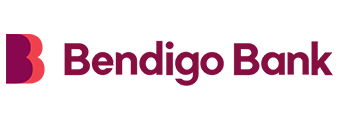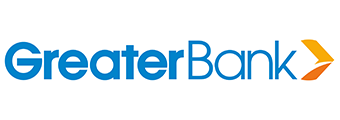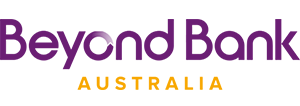Why choose an introductory rate home loan?
Home loans with introductory rates are typically popular with first time buyers as it can help them gradually settle in to a new mortgage. This is because the first year can be tough having just paid stamp duty or land tax, getting used to council rate payments, any body corporate fees, maintenance costs and other upkeep of the property.
For those first time buyers who saved hard for their deposit, an introductory rate offers them some space to rebuild their finances to afford other expenses such as furniture and paying off other debts. Additionally, some borrowers opt to go with a honeymoon rate to make bigger repayments while the interest rate is low to minimise their loan balance.
Pros and cons of introductory rate home loans
There’s a few things to consider before signing up to a home loan with an introductory rate.
Pros
Introductory home loans have a number of benefits for borrowers including:
Low interest rates:
For the first and/or second year of your loan, you will likely have one of the lowest rates on the market.
Introduction to home loan repayments:
If you’re a first time buyer, making mortgage repayments can be a big change, especially if you’ve never had to pay rent before. Introductory rates can ease the pressure and make the transition smoother.
Choice:
Lenders offer honeymoon rates to attract customers which often means there are plenty of lenders to choose from.
Get on top of finances:
For first home buyers, savings’ pots may be low and budgets tight after paying upfront costs such as LMI, deposit, and stamp duty. An introductory rate could help borrowers get back on their feet.
Cons
Borrowers can’t forget that with pros, there’s always some cons to think about as well:
High revert rate:
Once the honeymoon period ends, your loan can revert to substantially higher rates, costing you more than it should. If you have not budgeted for this revert rate, you could find yourself financially stressed
Limited features:
Introductory rates may not have a range of features available such as extra repayments, given their low rate
Fees:
Some lenders may charge you fees when you switch to a different product after the intro period ends
Still doesn’t stop the rate from going up:
A common misconception with an introductory rate is that the rate is fixed for that period. This is likely not the case – it is still variable and can go up at the whim of the lender and other market forces
What to consider before taking out an introductory home loan
Before choosing any home loan product, there are a number of different things you may want to consider before deciding whether am introductory home loan is right for you.
Revert rate
When the introductory period ends, the interest rate will most likely revert to a higher ongoing rate. Before you take out the loan, ask the lender what the rate will revert to. By doing so, you’ll:
Find out where the intro rate sits in the market compared to other products
Be able to prepare your expenses for the future
Keep in mind that a higher interest rate could increase your monthly repayments significantly.
Features/flexibility
With some honeymoon loans, features such as redraw and offset facilities may not be available. Due to the low interest rate you will receive, some lenders may not offer these features entirely, or may restrict the number of extra repayments you can make. If you were looking at utilising these features, check with your lender prior to entering an introductory loan to see your options.
Comparison rate
Always look at the comparison rate when weighing up different loan products. The comparison rate shows you the true cost of the loan as it takes into account the interest rate, revert rate, and fees (if applicable) all together into a single percentage figure. A significant difference in the advertised rate and comparison rate could mean there are lots of fees or the revert rate is much higher.













